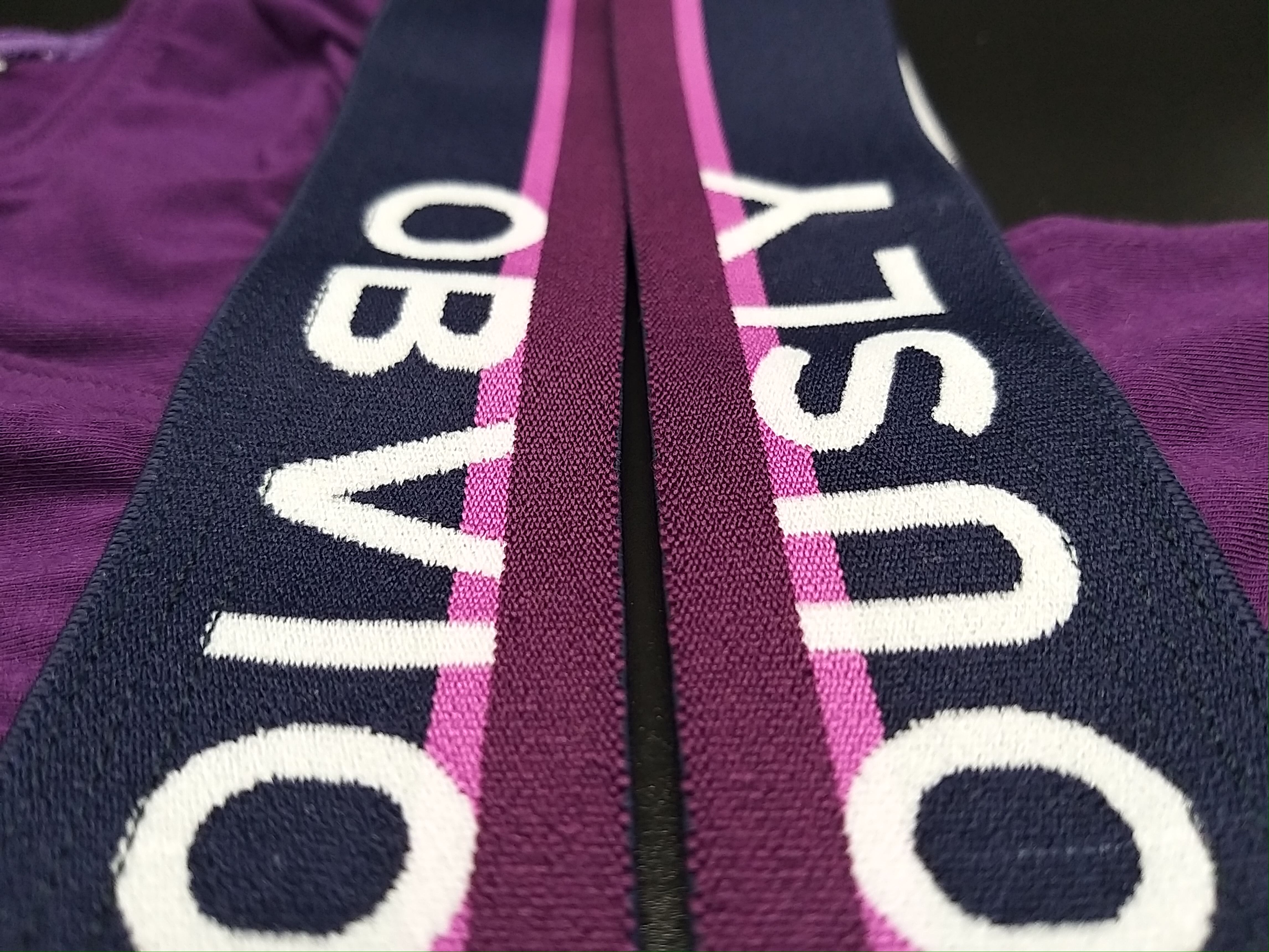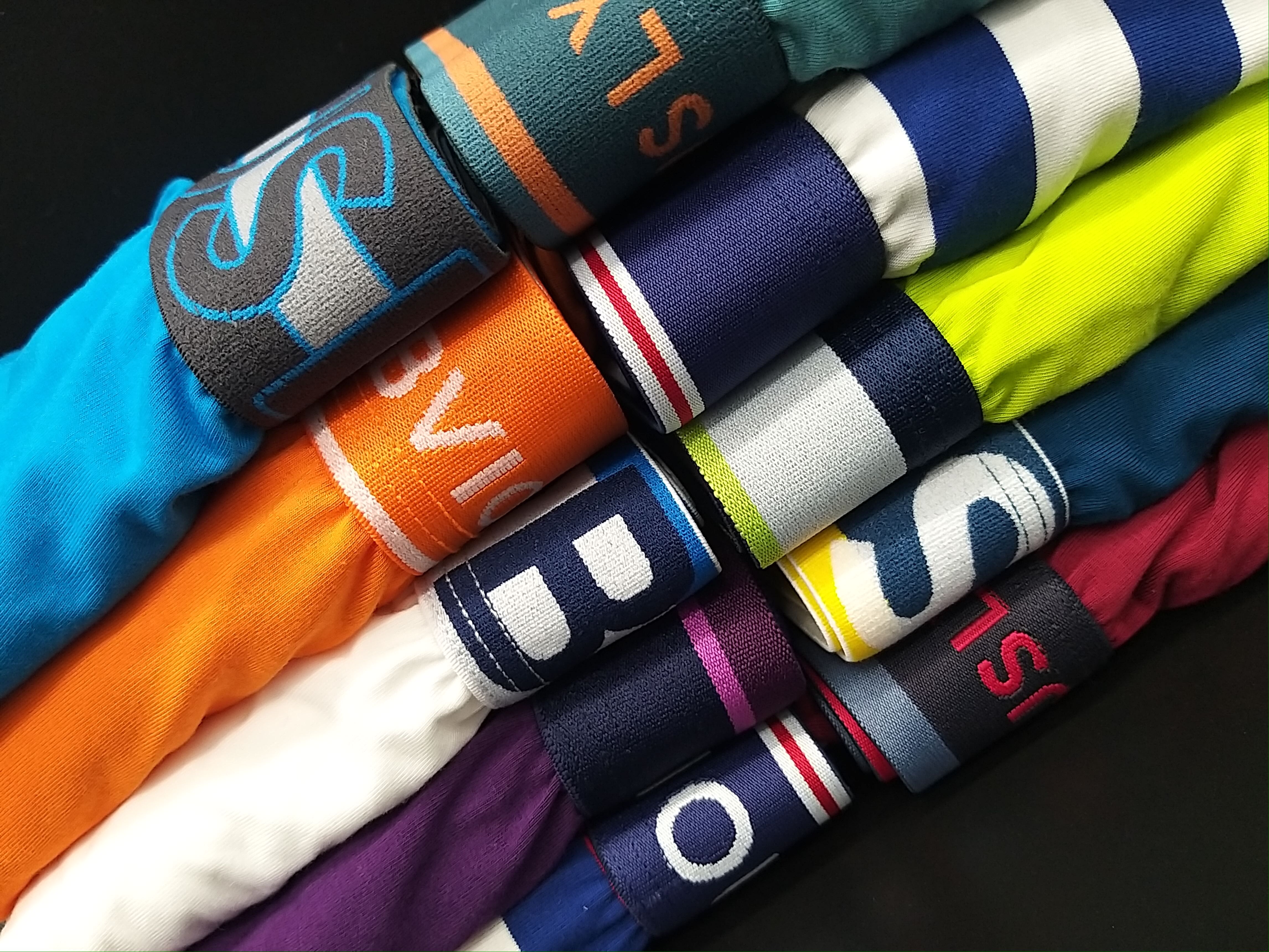
Micromodal vs Cotton: Which Is Better?
As sustainability becomes an increasingly important factor in our purchasing decisions, it's essential to understand the environmental impact of the fabrics we wear. In this article, we compare micromodal and cotton, two widely used fabrics in the fashion industry. By exploring their production processes, durability, and eco-friendliness, we aim to help eco-conscious shoppers like you make an informed choice about which fabric aligns best with your values.
What Is Micromodal?
Micromodal is a type of fabric that is known for its exceptional softness and luxurious feel. It is made from sustainably sourced beechwood pulp, which is processed into fine fibers. These fibers are then woven together to create a modal fabric that is lightweight, breathable, and highly absorbent. Micromodal is often praised for its ability to drape beautifully and provide a comfortable and smooth texture against the skin. Additionally, micromodal is known for its durability, as it retains its shape and color even after multiple washes. This eco-friendly fabric is a popular choice among those who prioritize sustainability and seek out comfortable and high-quality clothing options.
What Is The Difference Between Micromodal and Cotton?
Here are the key differences between Micromodal and Cotton:
- Fabric Source: Micromodal is derived from sustainably sourced beechwood pulp, while cotton is derived from the cotton plant.
- Softness and Comfort: Micromodal is known for its exceptional softness and luxurious feel, providing a smooth texture against the skin. Cotton is also soft, but it may not have the same level of silkiness as Micromodal.
- Breathability and Moisture-Wicking: Micromodal has excellent breathability and moisture-wicking properties, making it ideal for keeping you cool and dry. Cotton is also breathable but may not be as effective at wicking away moisture.
- Environmental Impact: Micromodal is considered more eco-friendly than conventional cotton. The production of Micromodal requires less water and land compared to cotton, and it is often produced using sustainable practices.
- Durability: Micromodal is known for its durability and ability to retain its shape and color even after multiple washes. Cotton is also durable, but it may be more prone to shrinking and fading over time.
- Versatility: Both Micromodal and cotton are versatile materials that can be used for a wide range of clothing items. However, Micromodal is often favored for its ability to drape beautifully, while cotton is known for its versatility in different types of garments.
- Price: Micromodal is generally more expensive than cotton due to its luxurious feel and sustainable production processes. Cotton, being a widely available fabric, is usually more affordable.
It's important to consider these factors when choosing between Micromodal and cotton, depending on your preferences for comfort, sustainability, and budget.

Is Micromodal or Cotton More Prone To Wrinkles?
One drawback of cotton is that it tends to wrinkle easily. This is because cotton fibers tend to compress and bend, leading to creases and wrinkles in the fabric. No matter how well you care for your cotton underwear, wrinkles are almost inevitable.
Micromodal fibers have a smooth, round shape, which allows the fabric to resist wrinkling more effectively than cotton. This means that your micromodal garments will likely maintain a smoother, more wrinkle-free appearance even after extended wear or packing in a suitcase.
Is Micromodal or Cotton More Prone To Pilling?
When it comes to pilling, Micromodal fabric is generally less prone to pilling compared to cotton. Pilling occurs when loose fibers on the fabric surface tangle together and form small balls or pills. Micromodal fabric is made from fine fibers that are tightly woven, resulting in a smoother and more compact surface. This tight weave helps to minimize the friction between fibers, reducing the likelihood of pilling.
On the other hand, cotton fabric, especially lower-quality or loosely woven cotton, can be more prone to pilling. Cotton fibers are naturally shorter and can loosen and tangle more easily, leading to the formation of pills over time. However, it's worth noting that the likelihood of pilling can vary depending on the specific type and quality of cotton fabric.
Is Micromodal Hypoallergenic?
Yes, Micromodal fabric is considered hypoallergenic. It is made from natural fibers and undergoes a manufacturing process that removes impurities, making it less likely to cause skin irritation or allergic reactions. Additionally, Micromodal's moisture-wicking and breathable properties help reduce the risk of irritation from sweat or moisture buildup. However, individual sensitivities can vary, so it's always recommended to test the fabric on a small area of your skin if you have known allergies or sensitivities.
Is Cotton Cheaper Than Micromodal?
Yes, cotton is generally cheaper than Micromodal. Cotton is a widely available and commonly used fabric, which makes it more affordable due to its abundance and ease of production. Micromodal, on the other hand, is a specialty fabric made from sustainably sourced beechwood pulp, and its production process involves additional steps and considerations, which can contribute to its higher cost. While the price can vary depending on factors such as quality and brand, in general, cotton is a more budget-friendly option compared to Micromodal.
Is Micromodal or Cotton More Suitable For People With Sensitive Skin?
Micromodal is generally more suitable for people with sensitive skin compared to cotton. Micromodal fabric is known for its exceptional softness and smooth texture, which can be gentle and non-irritating on sensitive skin. It is made from fine fibers that undergo a careful manufacturing process to remove impurities, reducing the risk of skin irritation or allergic reactions. Additionally, Micromodal's moisture-wicking and breathable properties help keep the skin dry and comfortable, minimizing the potential for irritation caused by sweat or moisture buildup. While cotton is also a natural fabric, it can be rougher in texture and may cause more friction or irritation on sensitive skin.
10 Reasons Micromodal Is Better Than Cotton
- Exceptional Softness: Micromodal fabric is renowned for its luxurious softness, providing a comfortable and smooth feel against the skin.
- Moisture-Wicking Properties: Micromodal has excellent moisture-wicking capabilities, effectively absorbing and evaporating moisture to keep you dry and comfortable.
- Breathability: Micromodal fabric allows for better airflow, promoting breathability and preventing overheating.
- Durability: Micromodal is known for its durability, retaining its shape and color even after multiple washes, making it a long-lasting fabric choice.
- Eco-Friendly Production: Micromodal is made from sustainably sourced beechwood pulp, using environmentally friendly manufacturing processes that require less water and land compared to cotton production.
- Hypoallergenic: Micromodal is often considered hypoallergenic, making it suitable for individuals with sensitive skin or allergies.
- Versatility: Micromodal fabric is versatile and can be used for a wide range of clothing items, from underwear and loungewear to dresses and tops.
- Drape and Flow: Micromodal has excellent drape and flow, allowing garments made from this fabric to hang beautifully and flatter the body.
- Color Retention: Micromodal fabric retains its color vibrancy even after repeated washes, ensuring that your garments look fresh and vibrant for a long time.
- Sustainability: Micromodal is a sustainable fabric choice, as it is made from renewable resources and produced using eco-friendly practices, making it a preferred option for eco-conscious shoppers.
Conclusion
In conclusion, when it comes to choosing between Micromodal and cotton, it's important to consider your priorities and preferences. Micromodal offers exceptional softness, moisture-wicking properties, and breathability, making it a comfortable and versatile choice. It is also produced using sustainable practices, making it a preferred option for eco-conscious shoppers. Ultimately, the decision between Micromodal and cotton depends on factors such as personal comfort, environmental impact, and budget. By understanding the differences and benefits of each fabric, you can make an informed choice that aligns with your values and needs as an eco-conscious shopper.
Final Thoughts
Make a conscious choice for a better future by choosing Obviously Apparel. Our commitment to sustainability is reflected in our premium underwear made from eco-friendly micromodal and bamboo fabrics. Not only will you experience unparalleled comfort, but you'll also be actively supporting the preservation of our planet. Join us in our mission to create a greener world, one pair of men's underwear at a time.
Sources




